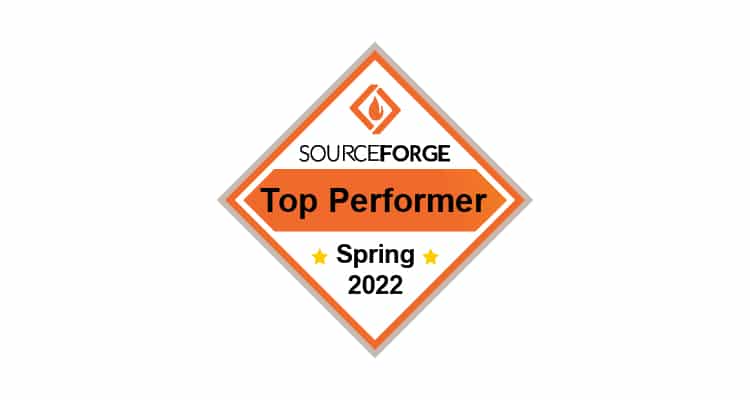The words “audit” or “inspection” can strike fear in the heart of many Environmental Health and Safety (EH&S) professionals. But it shouldn’t if policies and practices include internal, periodic program assessments. That’s all an audit really is, just a feedback tool that shows how well your programs are operating. Audits of any kind must be relevant and useful and provide an accurate assessment of risk, compliance, and hazards.
Audit standards
Prepare to conduct an audit by understanding that there are three types of audits: Compliance, Standard or Risk based. Once each of these is understood, choose which one or a mix of these approaches works best for facility audit goals.
- Compliance based audits focus on regulatory and company-based policies.
- Standards based audits are done to met certification requirements of standard bodies like the International Organization for Standardization (ISO).
- Risk based audits focus on the areas determined to have the most risk, typically determined by a risk analysis. (1)
Identify the Risks
Identification of the risks and their likelihood is a key step in the audit process. The three activities that must be done to do this are:
Conduct walkthroughs – If possible, physically visit each area of the facility. Look for hazards that may not be identified correctly or at all. Note activities and processes that should be observed on a re-occurring time frame (daily, weekly, or monthly). It sounds silly but ensure everything is tidy. Housekeeping is an important indicator of potential risk. A well-maintained facility may reduce the likelihood of an accident.
Interview – Employee interviews can help determine if the culture is supportive of systems that are applicable to EH&S regulations. If regulations and compliance are not discussed in the workplace, then the awareness level is low and there could be a high probability of hazardous conditions. Keep record of discussions and interviews by noting the date, person and topic of conversation.
Review records – The type of records typically reviewed in an audit include permits and permit status, including Environmental Protection Agency (EPA) Identification numbers and status, financial accounting associated to EH&S budgets. This can vary widely depending on the industry.
During each of these activities, questions and responses must be captured and maintained. As a part of this program, a system must be established for record retention. Once these three activities have been completed, the auditor and auditing team can begin to assess the risk factors, prioritize them and develop an action plan.
Establish a System
From the tasks required above, its noted that there will be a lot of data to maintain, track and analyze. A key component of any EH&S audit is the sum of data that has been and will be collected. It doesn’t make sense to generate data without having a system in place to interpret the data.
An audit plan requires proper documentation of and periodic inspection of hazard communication training, hazardous materials inventory spot checks, hazardous waste accumulation areas and waste accumulation areas, just to name a few. Conducing these types of inspection using mobile device technology improves the efficiency and accuracy of the information captured because it is happening in real-time and is recorded immediately on the device.
The combined results of identifying risk and collecting data are the way to show stakeholders that the facility operating procedures that have been put in place, when followed, are working to not only reduce risk, but working in conjunction with business goals, such as controlling costs. Software solutions from Chemical Safety’s EMS supports this type of data collection, aggregation, and analysis.
With the use of comprehensive audit and inspection technology tools, facilities can specify questions around operations and generate corrective actions when inspection results are not optimal. The EMS Audit and Inspection tools also support tasks such as chemical inventory reconciliation, hazardous waste management and regulatory report generation. These types of operations can completed using technology rather than manual calculation and survey.
Audit Reports
Audits aren’t just about what’s going wrong, we want to capture what is going right, too! Audits and inspections are a way to test the system of control a facility has in place and assess their effectiveness. Demonstrating compliance is top of mind for facility operators because procedures are tightly knit with business goals. Audit summary reports can either show compliance or illustrate findings so that actions can be taken to clear up any identified issues. The net result is a comprehensive management system designed to ensure compliance with company policies and applicable regulations.
Summary
Audits and inspections are part of the equation when workplace hazards exist. Tracking the standards, identifying the risks and establishing a system of record to manage the data are just a few of the best practices that must be in place to minimize impacts of hazardous materials management. Using technology to collect the data that will support the assessment of risk is a critical piece of developing a complete evaluation of existing processes and procedures. Chemical Safety’s EMS Audit module and Builder feature allows question creation, multiple answer conditions, autosave functions and severity rating operators. Audits can be completed online or from the EMS Audit Mobile application that is available on iOS, Android and Microsoft Surface devices.
Contact the EH&S professionals at Chemical Safety for a demonstration of Chemical Safety’s mobile audit technology that is changing the way the industry thinks about audits and inspections. Contact us at sales@chemicalsafety.com or submit a demo request.
Resources:
(1) Leonard, Jack E. Managing Hazardous Materials, Institute of Hazardous Materials, 2002



